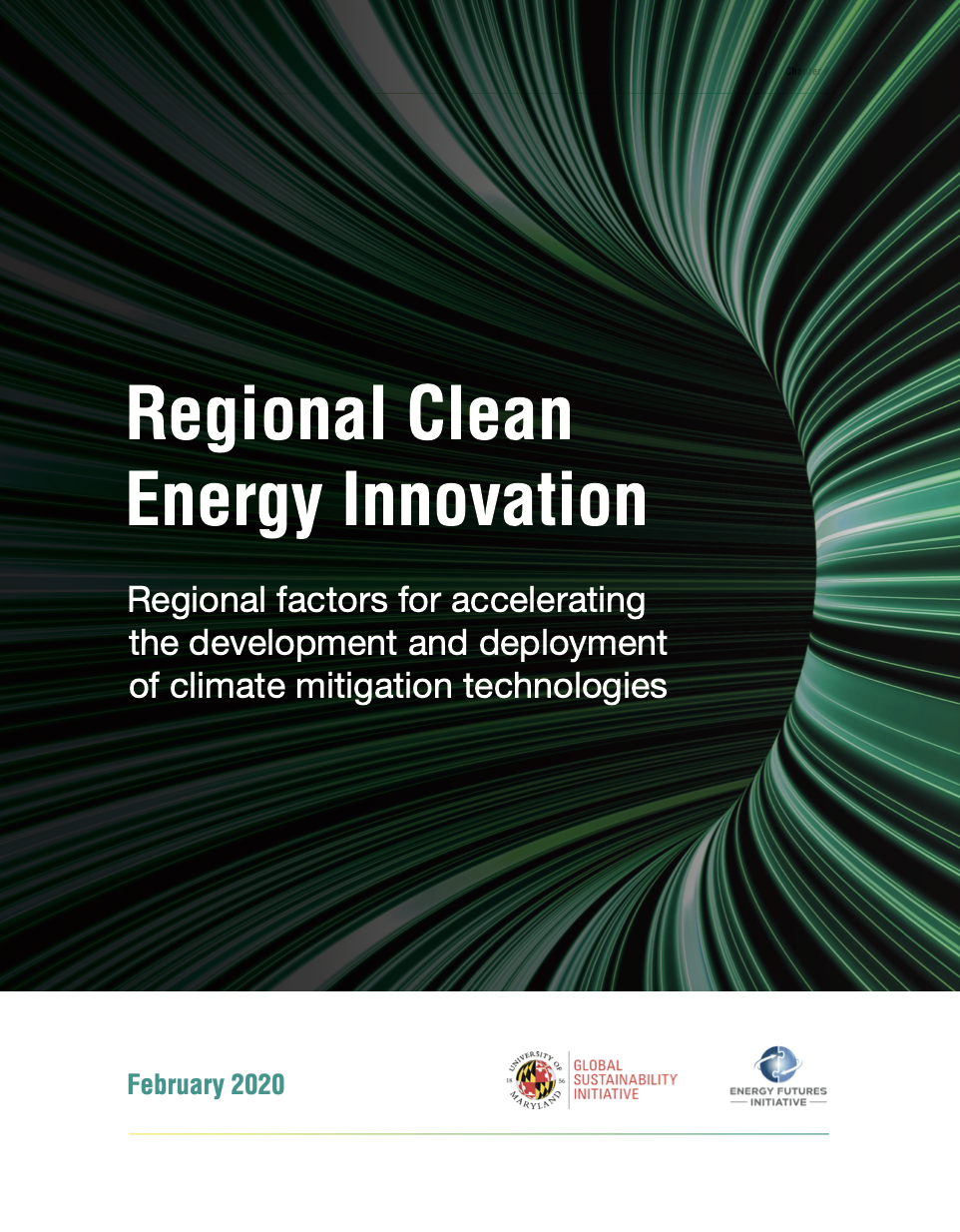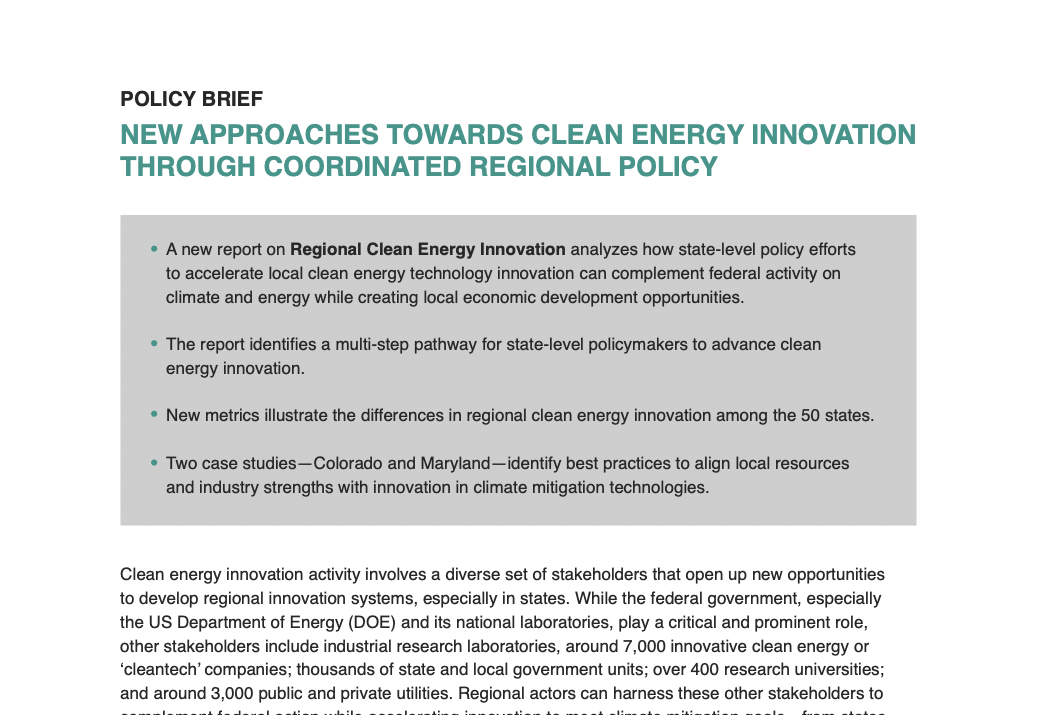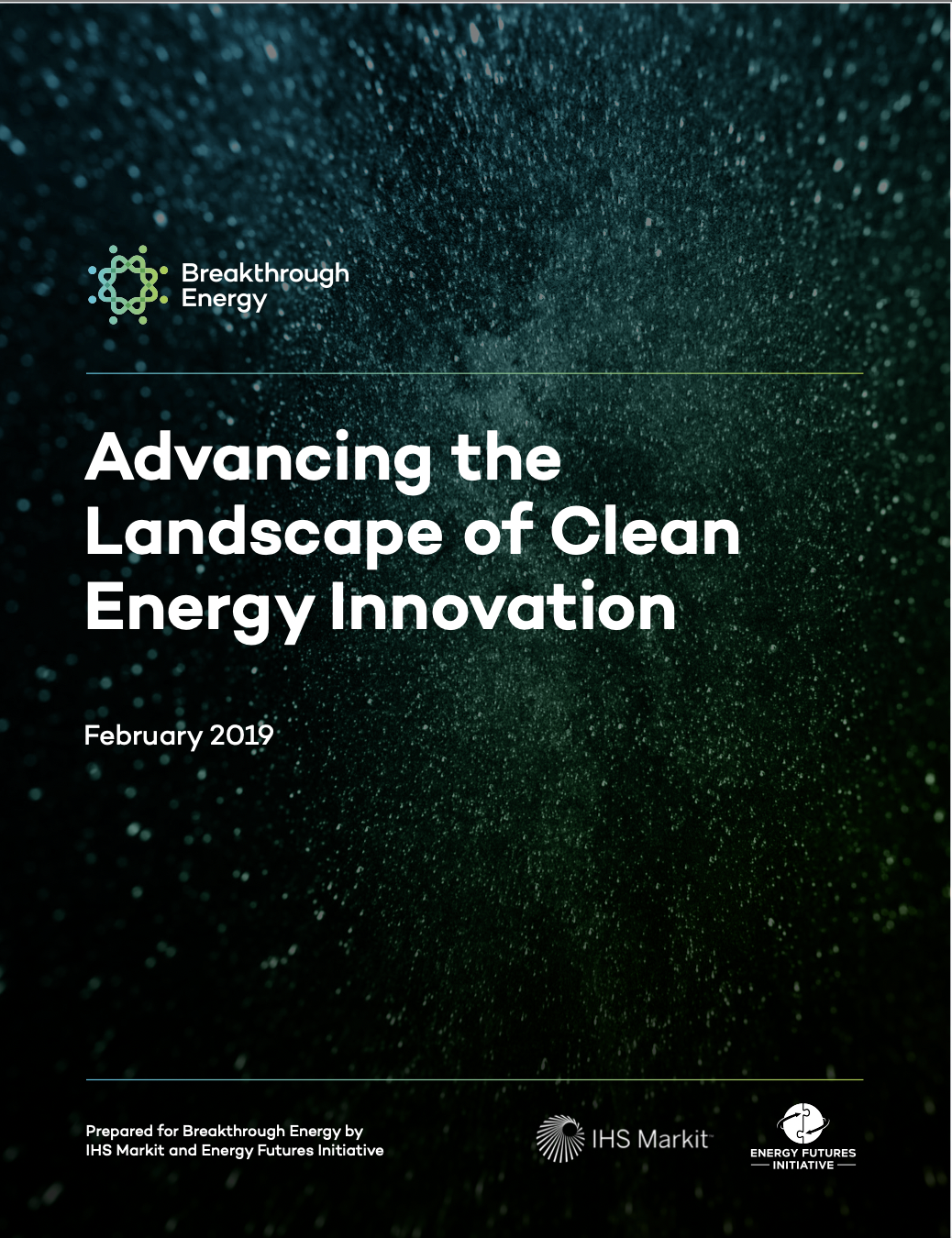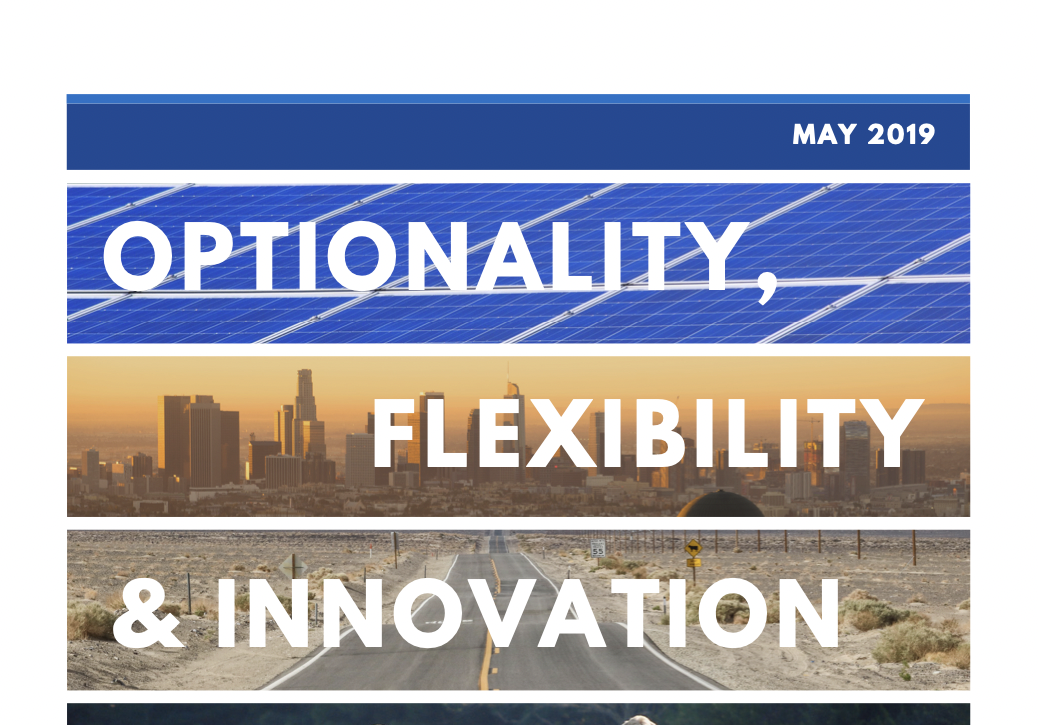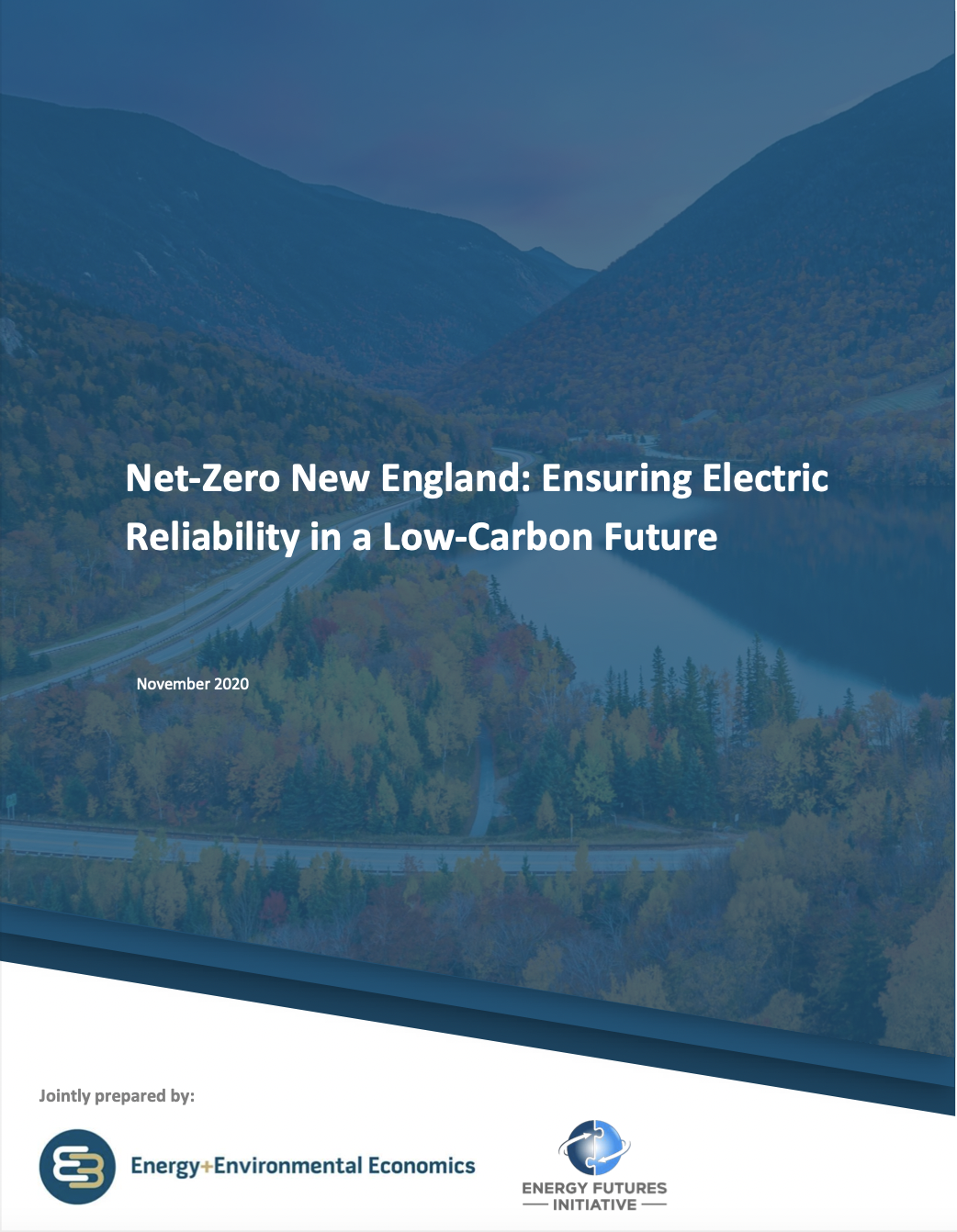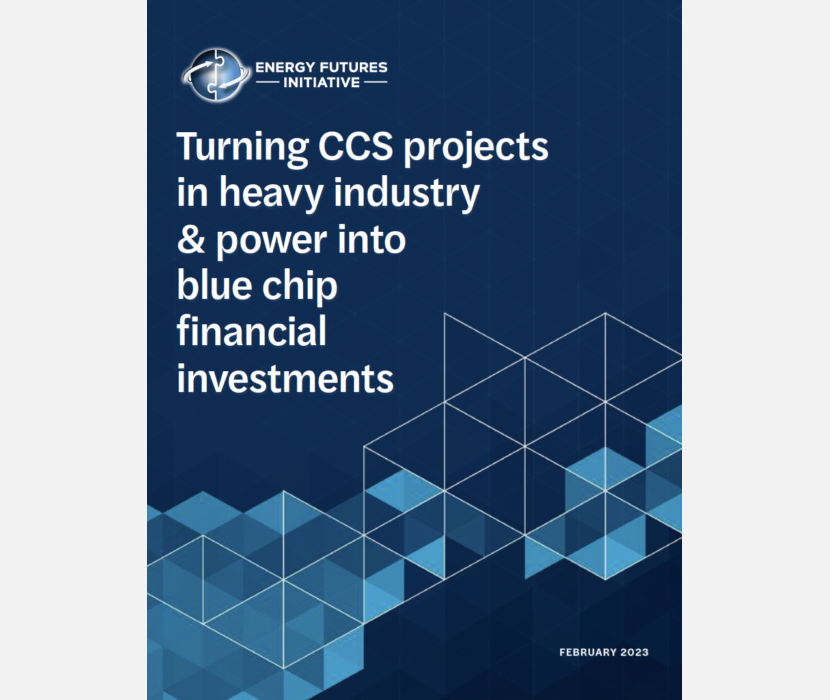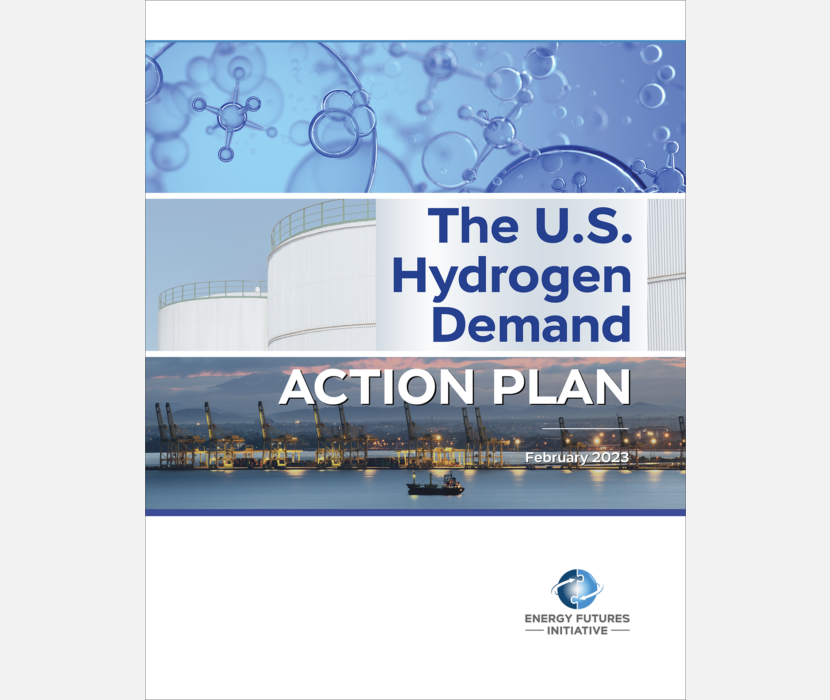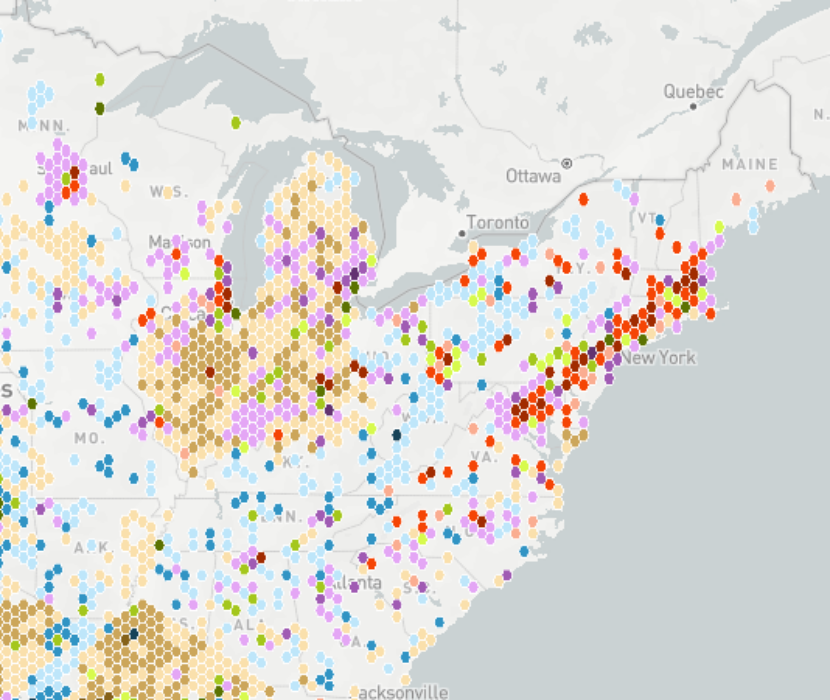Commissioned by the Energy Futures Initiative (EFI) and produced by the University of Maryland Global Sustainability Initiative, Regional Clean Energy Innovation: Regional Factors for Accelerating the Development and Deployment of Climate Mitigation Technologies (February 2020) analyzes how state-level policy efforts to accelerate local clean energy technology innovation can complement federal activity on climate and energy while creating local economic development opportunities. The report assembles, aligns, and reveals trends in U.S. regional clean energy innovation data and provides a baseline of activities for all 50 states. The report builds on this baseline with a bottom-up case study assessment of clean energy innovation in two states (Colorado and Maryland) with contrasting energy innovation conditions and articulates key lessons for developing stronger clean energy innovation systems in other regions of the country.
“Transformation to lower carbon sources will happen in different ways in different parts of the country,” said EFI CEO Ernest J. Moniz. “It’s clear that what works for California might not work in Minnesota or New England, or Colorado or Maryland. We need to forge solutions that are tailored to regional assets and to regional innovation capabilities and this report is an important contribution to that policy discussion.”
“The most important thing for people to take away from this analysis is that regional actors from states to counties to even cities can play major roles in sparking technology innovation, policy, and investment into clean energy,” said lead report author Kavita Surana, Assistant Research Professor at the Center for Global Sustainability. “These policymakers have many incentives to support clean energy innovation, including the economic development opportunities associated with more in-state companies in addition to reducing carbon emissions.”
This report identifies a multi-step pathway for state-level policymakers to strategically advance clean energy innovation:
- First, regional policymakers need to apply a broad definition to clean energy. This strategic approach is necessary to identify new opportunities for climate mitigation that align with other regional priorities.
- Second, regional policymakers need to identify local technology strengths and track progress in key areas through well-defined metrics. Factors to consider include the broad drivers of innovation in the state, its universities, federal research infrastructures or resources, the presence of private investors, or the demand created by its clean energy policies.
- Third, regional policymakers and local agencies need to integrate multiple clean energy goals for clean energy and economic development. State economic development and energy agencies both enact policies on clean energy technologies but with different goals.
- Fourth, regional policymakers need to offer targeted support for clean energy RD&D and deployment, both through direct financial support such as small seed grants and through non-financial, developmental support such as incubators.
- Fifth, a local organization dedicated to advancing clean energy can be instrumental for ensuring coordination among various stakeholders. This organization is critical for strengthening networks with local supply chain partners or potential investors.
- Finally, regional policymakers need to develop monitoring and evaluation approaches to ensure that clean energy policies result in the intended, combined innovation outcomes of RD&D and deployment.
EFI released this report during an event at the University of Maryland Campus in College Park, Maryland. Moniz was joined by Dean Robert C. Orr of the School of Public Policy and study co-author and Distinguished University Professor Ellen D. Williams. During their conversation, they discussed regional clean energy innovation in the United States, how Maryland ranks among the states, and what that means for our clean energy future.
Supplemental Material
Related Content
(Share this post with others.)


